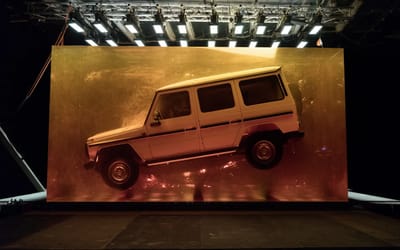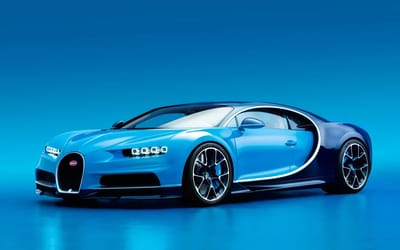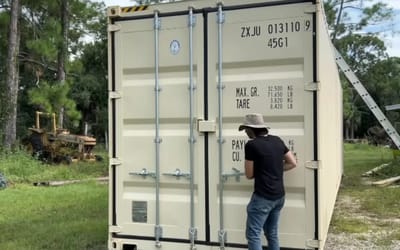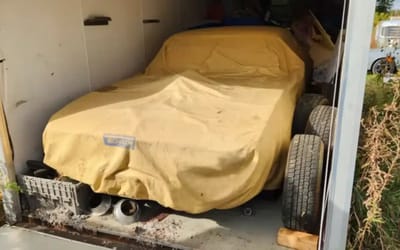Engineers tried to destroy the Maybach and what survived became Mercedes’ most elite machine
Published on Jun 29, 2025 at 8:22 PM (UTC+4)
by Callum Tokody
Last updated on Jun 25, 2025 at 2:04 PM (UTC+4)
Edited by
Kate Bain
Before Mercedes engineers signed off on production, they had to destroy the Maybach W240.
The team hurled it across frozen lakes, flooded ranch roads, and deep mud tracks with no regard for comfort or cost.
This was reminiscent of an era when cars weren’t built to cruise, they were built to endure.
The Maybach wasn’t spared because it was expensive; it was punished because it had to be exceptional.
DISCOVER SBX CARS – Bid now on supercar auctions powered by Supercar Blondie
How Mercedes set out to destroy the Maybach W240
The Maybach W240 did not undergo typical development.
Mercedes engineers took the car far beyond controlled environments and into field testing that prioritized durability over presentation.
It was driven through snowfields in Sweden, soaked in river crossings in Texas, and hammered on poorly maintained roads across multiple continents.
Throughout this process, the car was stripped of anything unnecessary.
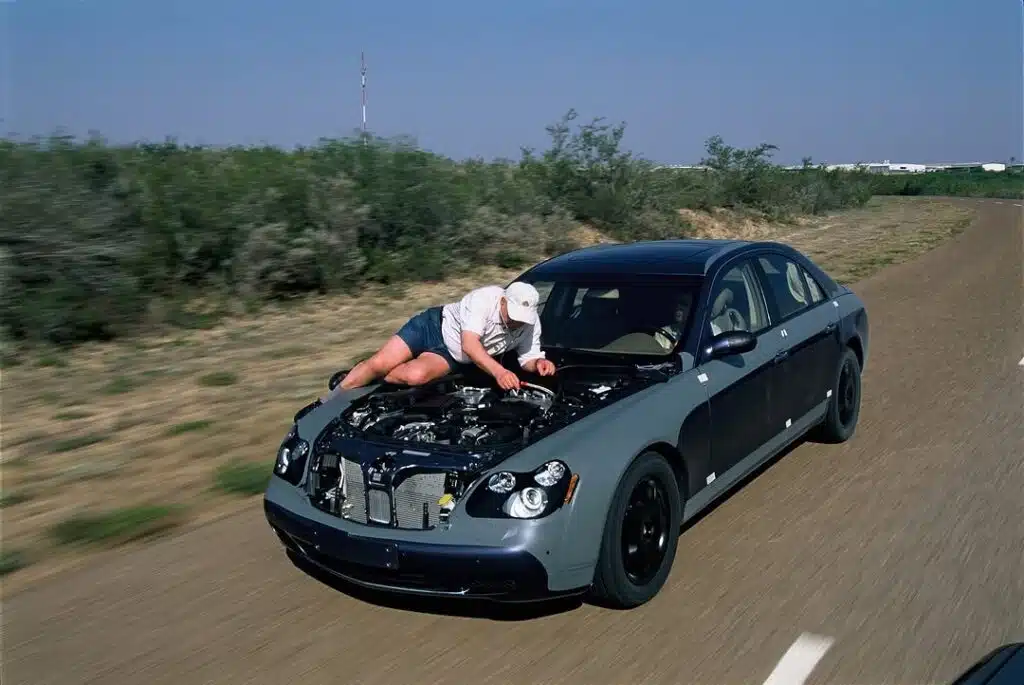
Engineers exposed the drivetrain and cabin components so they could monitor failures in real time.
Some rode alongside test drivers with diagnostic equipment, others physically attached themselves to the vehicle during high-speed endurance runs.
The aim was to push every system past its breaking point, then refine it until it no longer failed.
This level of testing was rarely applied to high-end models.
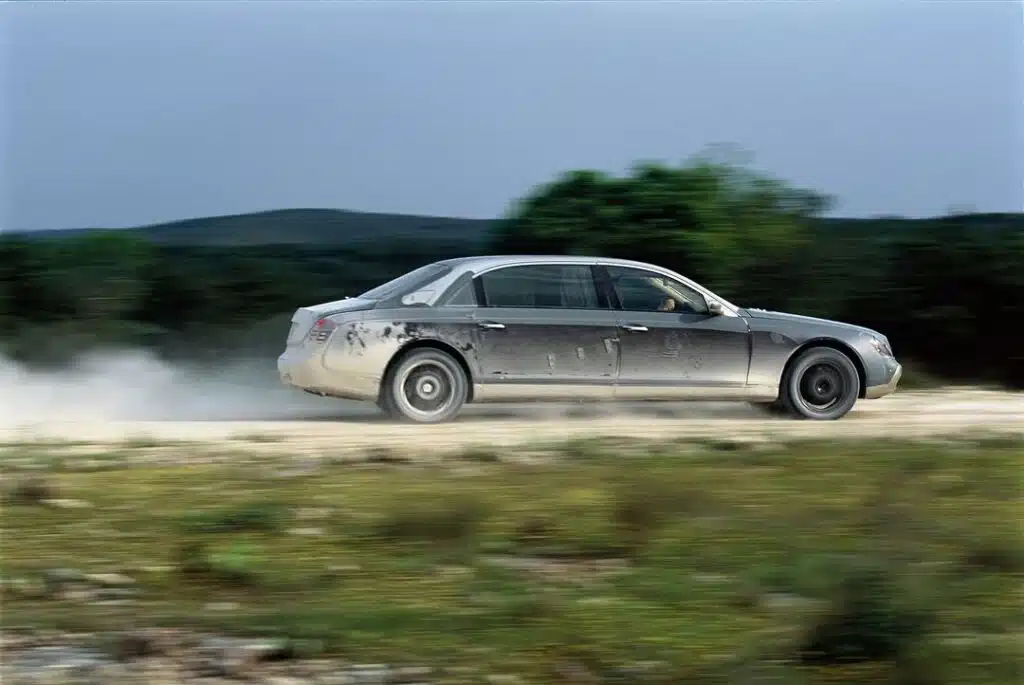
Most luxury vehicles go through lab simulations and wind tunnels.
In contrast, the Maybach W240 was physically torn down and rebuilt until it met the internal standard.
Weaknesses in suspension geometry, drivetrain heat tolerance, and electronic stability were addressed through repeat testing and hardware changes.
Why the Maybach W240 still matters
Although the Maybach W240 shared elements with the S-Class, it was developed on a separate timeline and with a different set of goals.
Mercedes engineers treated it as a long-term investment in brand capability.
The car was meant to prove that luxury did not have to come at the cost of mechanical resilience.
From a customer perspective, the final product appeared refined and insulated.
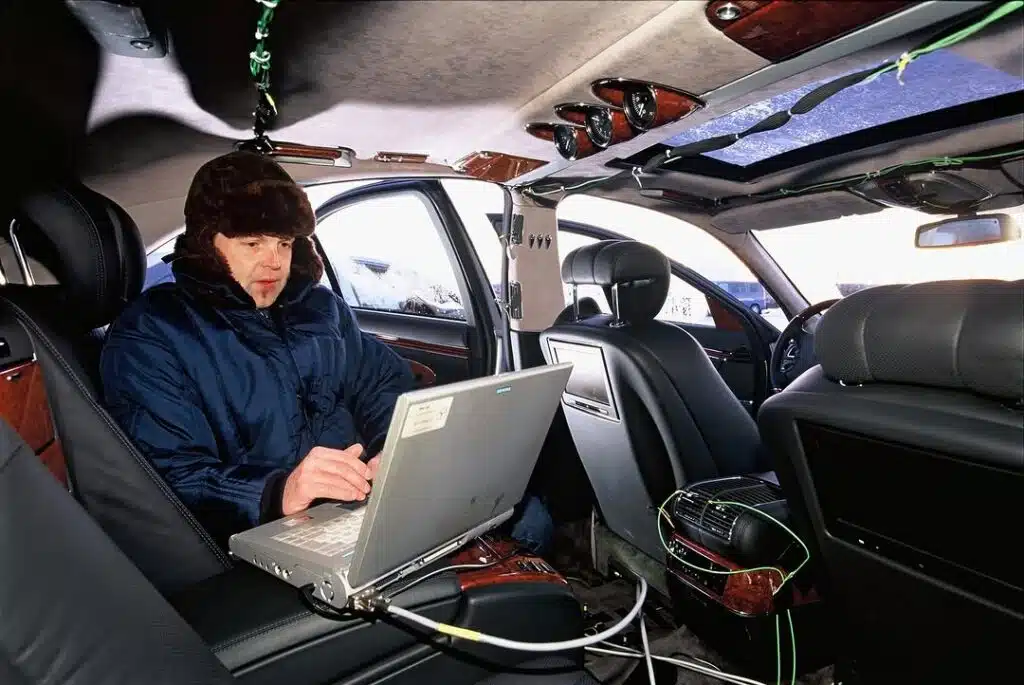
Underneath, however, it showed signs of its testing history.
Suspension hardware was upgraded beyond what was necessary for road use.
Software systems were built to tolerate long-term thermal stress.
Even the smallest features, such as door seals and climate control sensors, were calibrated using real-world data rather than projected models.
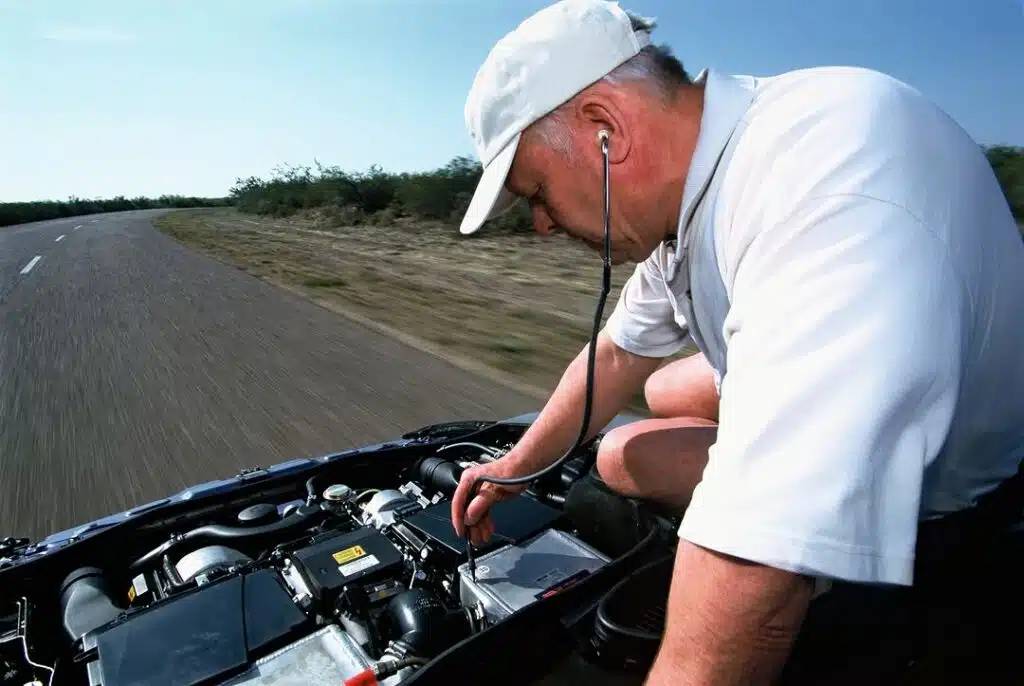
The Maybach W240 may not have become a commercial success, but it remains a technical reference point for how far Mercedes engineers were willing to go.
The decision to destroy the Maybach in testing was deliberate.
What emerged from that process was not just a luxury car.
It was a machine designed to withstand pressure, built without shortcuts, and remembered for how it was made rather than how it was marketed.
DISCOVER SBX CARS: The global premium car auction platform powered by Supercar Blondie
Callum Tokody is a content writer at Supercar Blondie, where he covers the latest in the automotive world with a focus on design and performance. With a background in automotive journalism, he has contributed to a range of publications in Australia and the UK. In addition to his writing, Callum also heads up PR and communications, helping to build and strengthen partnerships within the industry. Outside of work, he’s a design enthusiast with a soft spot for anything with a V8 and a good story.
